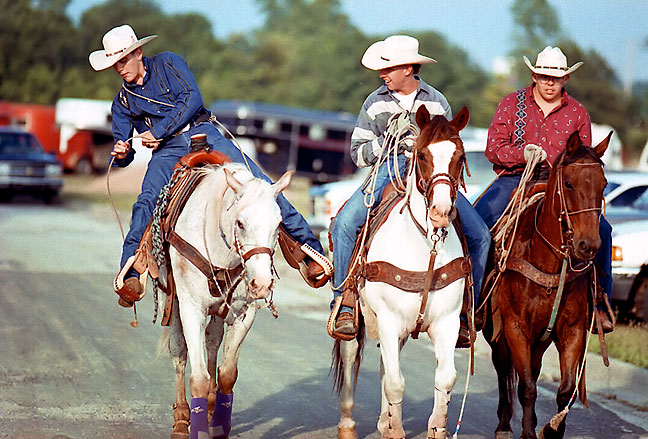
Much of the world around us is driven by economics. Exceptions might be institutions like the Smithsonian or the National Archives, but even they are frequently at the mercy of money. That’s a shame, of course, but it’s a reality.

In photography, one such reality is that, in the shift from film to digital in the last 15 years, less and less emphasis is placed on film and what we can do with it. I am in no way a champion of shooting on film in 2014, but I am aware that, with film rapidly disappearing from our lives, so disappears what we can do with images that exist on film.
A critical example of this is the Nikon LS-2000, an excellent, fairly-high resolution film scanner with some powerful features. We have one here at the office, and it lives in “the morgue” with a bunch of other obsolete equipment. It’s not obsolete because it doesn’t work. It’s obsolete because Nikon quit updating the drivers for it. And they did that not because there was no longer a need to be able to scan film, but because it wasn’t making money for them any more.
I have a fairly decent flatbed scanner at home, the Canon 9000F. It makes superb scans of prints, but only so-so scans from negatives. I also have an older Epson Perfection 1650 scanner at my office. There are still a few affordable film-only scanners for sale, but only from niche companies. To get a truly solid scan, you need a what’s called a drum scan, and drum scanners are astronomically expensive…
Hasselblad Flextight X5 Scanner: $25,700
Blackmagic Design Cintel Scanner: $29,995
An alternative is sending your film away to be scanned, but honestly, I spend too much time and effort on my photography to have an overworked technician guess at how my images should look.
Pictures we made on film for decades remain a significant part of our imaging lexicon, and it would be wrong to let them sit in the dark in the top of the closet. Get them out, get them organized, and scan while you can.
